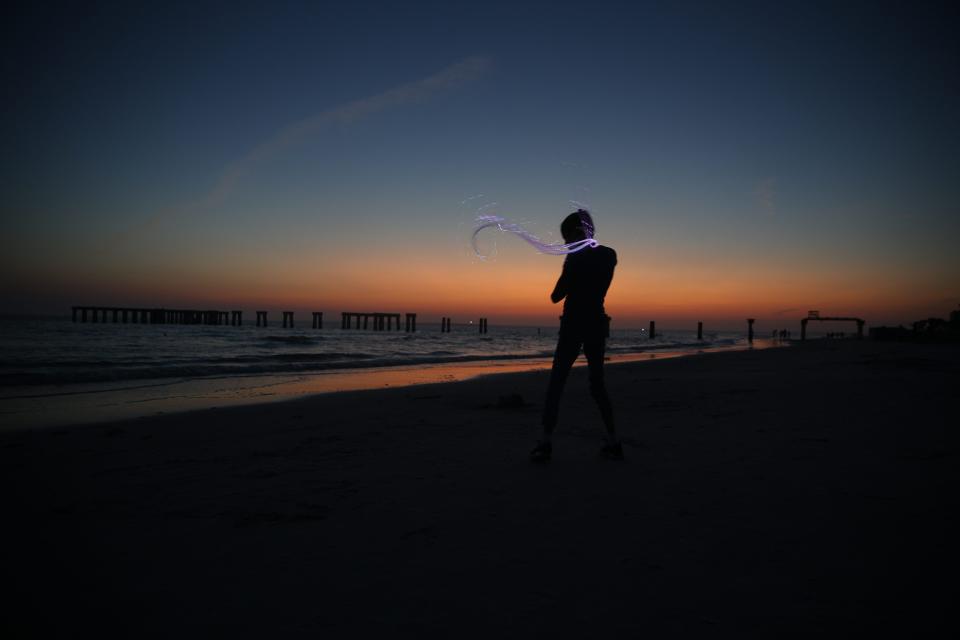Is there red tide anywhere in Florida right now? What to know during start of spring break season
Spring break season is officially off to an eventful start in Florida, with cities declaring their "break up" from rowdy crowds and several ordinances put in place to calm the usual chaos on the coast.
However, some spring breakers might be worried about an unexpected visitor putting a damper on their anticipated beach vacation — red tide.
What is red tide?
Karenia brevis is a naturally occurring, single-celled organism belonging to a group of algae called dinoflagellates. Large concentrations can discolor water red to brown, causing blooms to be called "red tides."
Has red tide been detected in Florida?
According to USA Today's database, red tide has not been detected in Florida as of March 5.
Is red tide harmful to humans?
Yes, it can be.
K. brevis produces brevetoxins capable of killing fish, birds and other marine animals. It can also cause health problems in humans, particularly those with respiratory problems.
Is it safe to swim or walk on the beach during red tide?

Most people can still swim in red tide, but it can cause skin irritation and burning eyes. If your skin is easily irritated, avoid red tide water.
If you do experience irritation while swimming, get out immediately and thoroughly wash off. Do not swim among dead fish, because they can be associated with harmful bacteria.
As for those wondering if their beach scrolls will also be impacted by red tide conditions, you may experience varying degrees of eye, nose, and throat irritation, especially when winds are blowing on shore.
What are the symptoms of red tide?
Some people experience respiratory irritation when the red tide organism is present and winds blow onshore. According to the Florida Department of Health, symptoms from breathing red tide toxins are temporary and usually include:
Coughing
Sneezing
Teary eyes
FDOH officials also advise people with severe or chronic respiratory conditions, such as emphysema or asthma, to avoid red tide areas.
Florida Today also notes, people who eat shellfish contaminated with red tide can experience gastrointenstinal and neurological distress, nausea, diarrhea, dizziness, muscular aches, tingling in the tongue, lips, throat and extremities. Symptoms usually appear within a few hours after eating contaminated shellfish and vanish in a few days.
What months are worst for red tide? How long does red tide usually last in Florida?
Florida Fish and Wildlife Conservation Commission states K. brevis blooms occur in the Gulf of Mexico almost every year, generally in late summer or early fall. They noted it's most common off "the central and southwestern coasts of Florida between Clearwater and Sanibel Island but may occur anywhere in the Gulf."
Red tide blooms can last days, weeks or months, and can also change daily due to wind conditions and ocean currents.
How to report red tide
To report symptoms from Florida red tide or any aquatic toxin, call 1-800-222-1222 to speak to a poison specialist immediately.
To report fish kills to the Florida Fish and Wildlife Research Institute, call 800-636-0511.
No red tide right now. Check out the beach water quality throughout Florida:
While red tide has not been detected in Florida, you can still double check the overall water quality before you head out on your beach day. As of March 5, the water quality throughout the state is seen as "good," according to the key.
When does spring break typically start in Florida?
Spring break typically happens from the beginning of March through early April but every college, university and county school district runs on its own schedule.
This article originally appeared on Fort Myers News-Press: Red tide in Florida: Has it been spotted since start of spring break?

